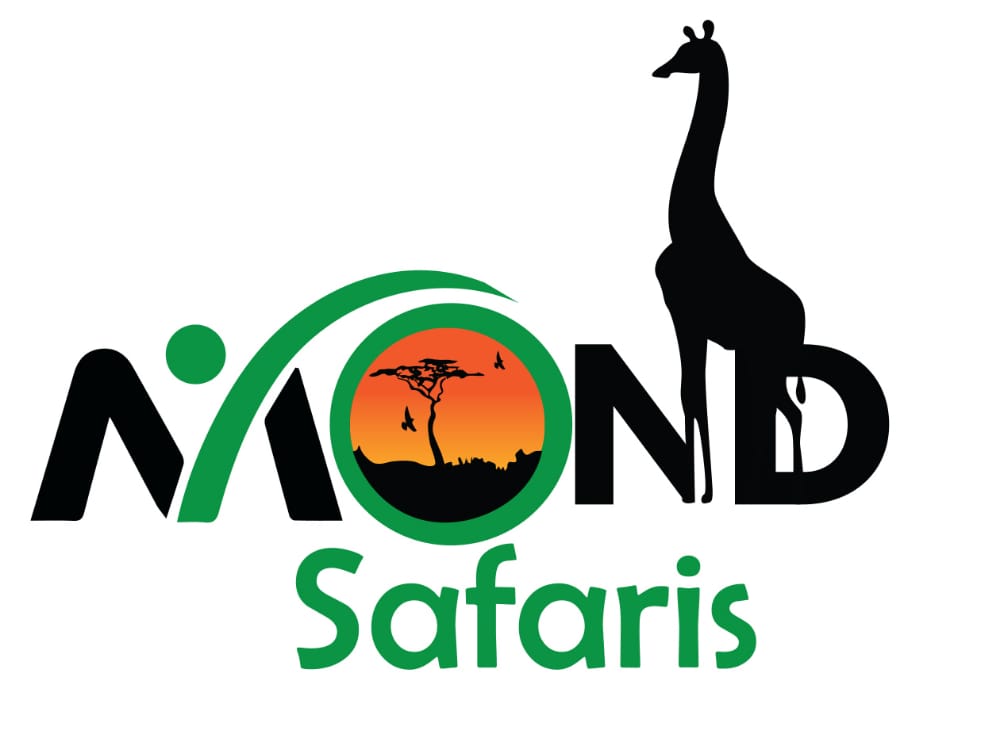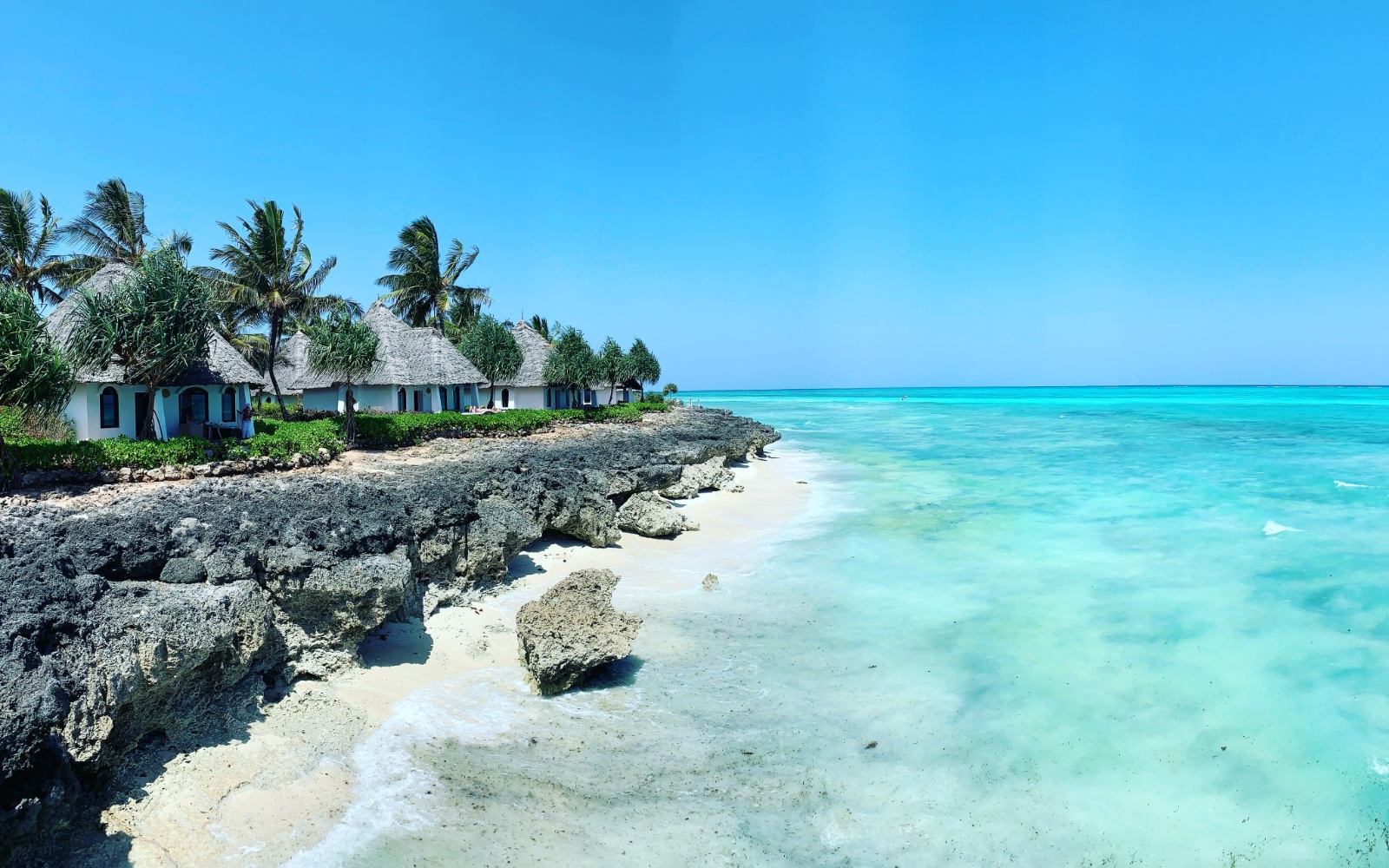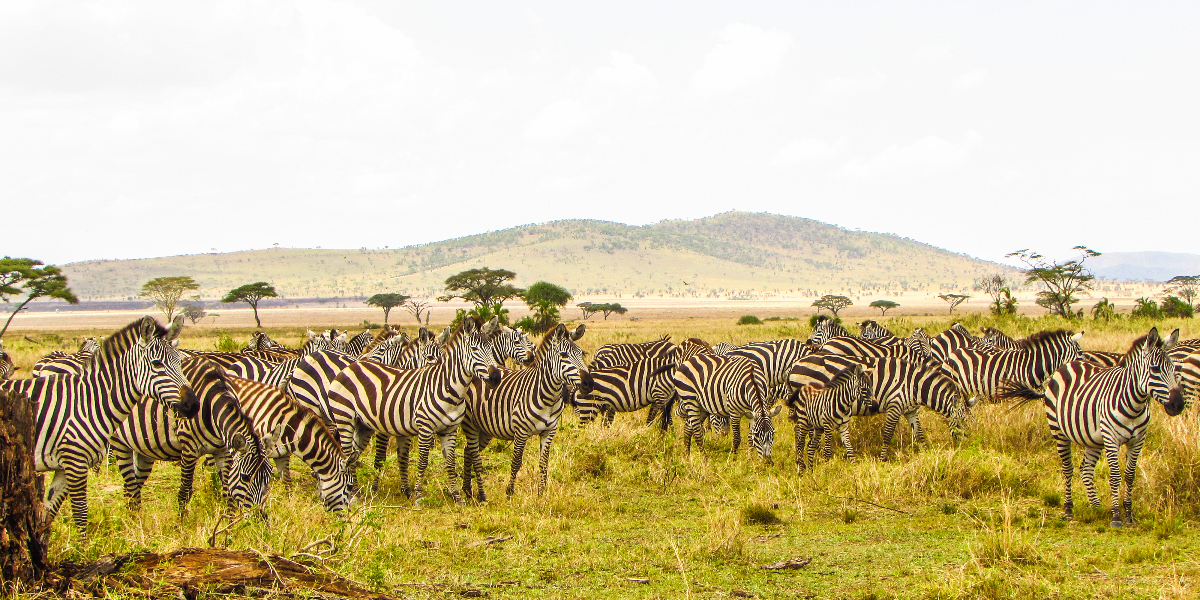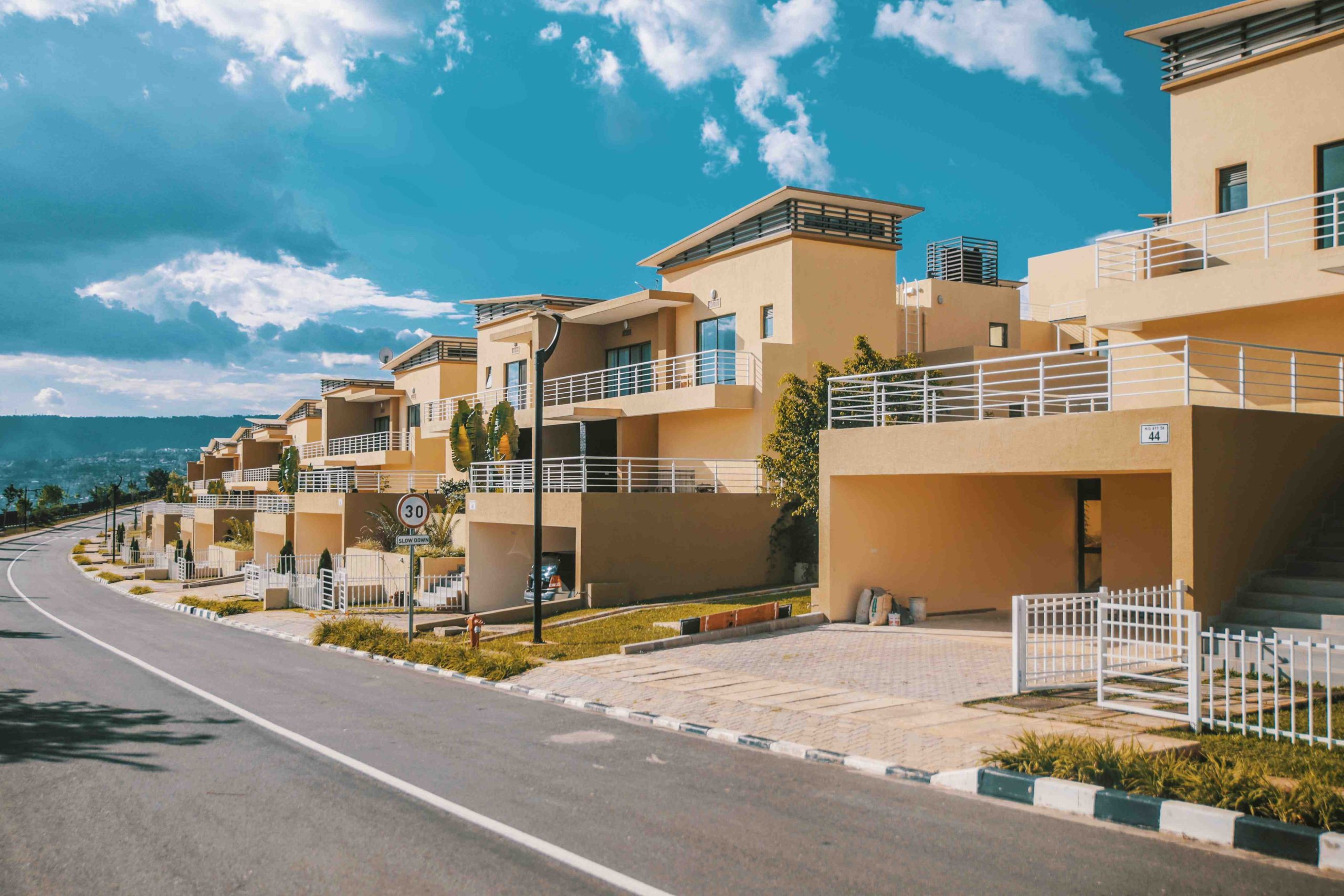Embark on an African adventure like never before as we unveil the top 7 best…
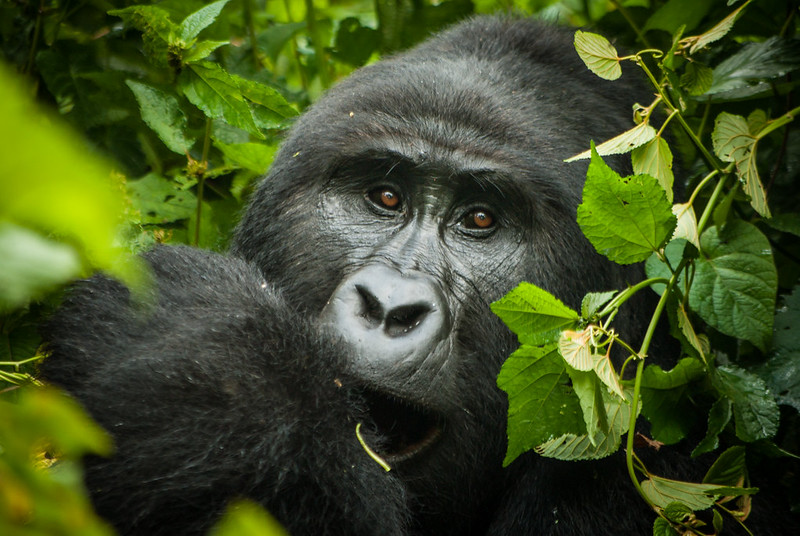
Uganda Vs Rwanda gorilla safaris
Uganda Rwanda gorilla safaris
Uganda Rwanda gorilla safaris- There are only three countries in the world where you can see wild Mountain gorillas: Rwanda, Uganda and the Democratic Republic of Congo. Due to the latter country’s instability, almost all travelers choose either Rwanda or Uganda for their gorilla experience.
Rwanda and Uganda are the best countries for mountain gorilla trekking, both with great safari options. Rwanda limits permits to Volcanoes National Park for a conservation focused experience. Uganda’s Bwindi Impenetrable Forest has four habituated gorilla troops but can be a harder trekking option.
With only 800 majestic mountain gorillas still left in the wild, having the opportunity to see them in their natural habitat is unfortunately very rare. On the flip side though, this is what makes the experience all the more special.
Often the question on every traveler’s mind is which one of these East African countries should you visit for the ultimate gorilla trekking experience. Here are the guidelines to help you choose the best between Uganda and Rwanda for gorilla trekking;
Uganda
Often overlooked by travelers, Uganda was once rightly described by Winston Churchill as the ‘Pearl of Africa.’ Lush jungle and tropical wildlife are primary features of Uganda’s Bwindi Impenetrable Forest, home to the highest concentration of primates on Earth. Around 10 habituated gorilla families can be found in Bwindi National Park, with each group limited to a maximum of 8 visitors per day. The gorillas are constantly on the move, so it is hard to narrow down just one area in which to track them. As a result, the total time you spend gorilla trekking can be anything from half an hour to nine hours.
Uganda is more suited to adventurous types, as Bwindi’s terrain is such that you start your trek on high ground before descending into the valley to see the gorillas, ending with an arduous climb at the end of the day. Slopes can often be steep and there are no trails, giving Bwindi National Park its impenetrable reputation. Weather is also unpredictable, even during the dry season, so rain can make conditions slippery.
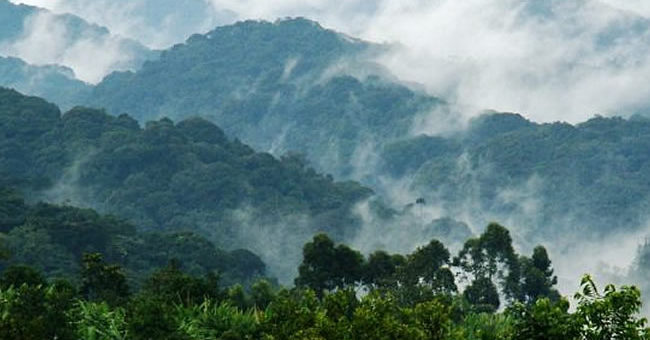
Tackling challenging conditions is often worth it, though, as Bwindi National Park is home to an incredible 79 mammal species, 160 species of trees and 100 species of ferns. Opportunities to spot giant forest hog, elephants and several small cat varieties whilst gorilla trekking will no doubt make your visit worthwhile.
Mgahinga National Park is another option for gorilla trekking in Uganda, although the park’s small size means the gorilla family residing here is slightly more elusive. Mgahinga spreads across three inactive volcanoes – Sabyinyo, Gahinga and Muhabura – making its 34 square kilometre landscape incredibly dramatic. Because it can be slightly more difficult to find the gorilla family at Mgahinga, it’s great to spend your time here doing a few other things as well, such as hiking one of the three volcanoes or connecting with the indigenous Batwa tribe.
Rwanda
A staggeringly beautiful central African country, Rwanda’s rolling green savannas and tropical rainforests provide the perfect backdrop for gorilla trekking. Volcanoes National Park is Rwanda’s preferred destination for gorilla sightings, with the region’s gentle slopes and open bush catering to all types of traveler. Volcanoes National Park was given its name by virtue of the fact that it’s home to five of the eight volcanoes in the Virunga mountains massif. Combined with blanketed rainforest, open grassland and small lakes, the landscapes across Volcanoes National Park are worth visiting in and of themselves.
Rwanda is similar to Uganda in that a maximum of eight tracking permits per gorilla family per day are allowed in the park, so the forest is seldom too crowded. With 10 habituated gorilla groups also in Volcanoes National Park, the time it takes to locate them is similar to that taken in Uganda’s Bwindi. However, Rwanda’s open environment lends itself to less arduous treks, making it more accessible than Uganda’s challenging terrain.
